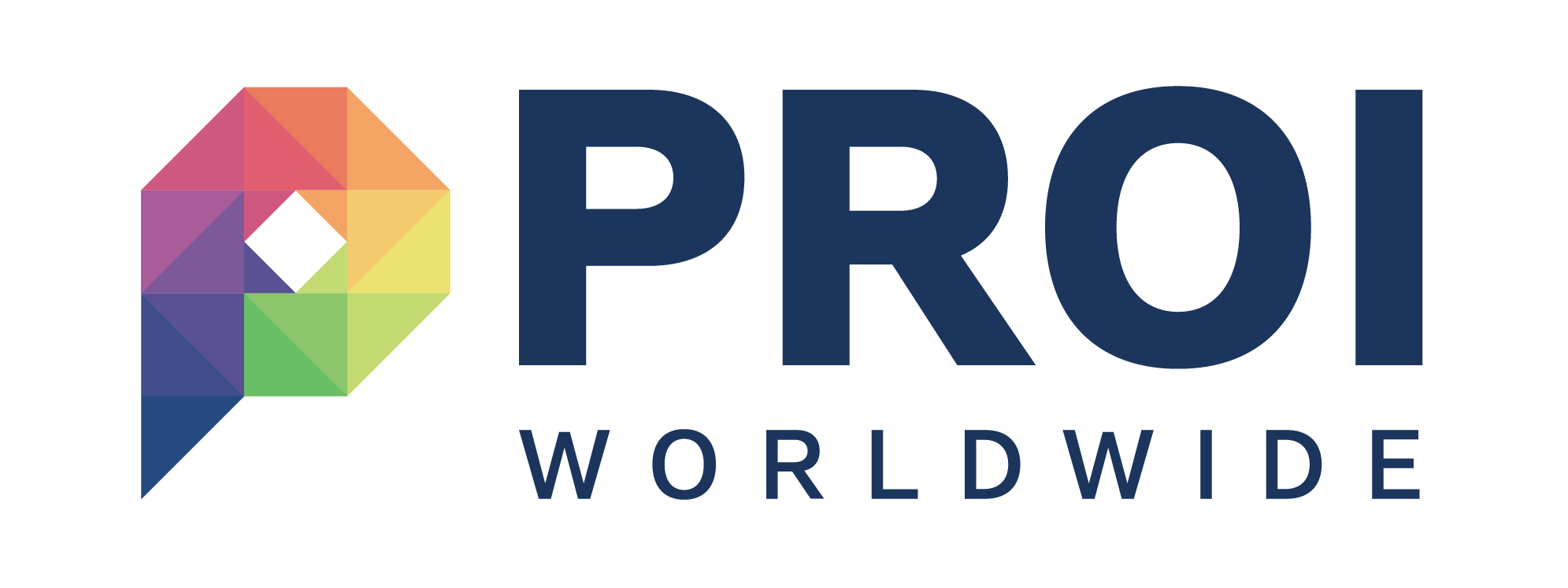Article: 3 Reasons Why Brands Should Still Target Instagram
Author: Elizabeth Prats|Date: Elizabeth Prats|
As content marketers, it can often feel like we are slaves to the algorithm. Will one tweak to our strategy be the end? Not only that, but over the years we have watched platforms rise (Hello, TikTok) and fall (R.I.P. Periscope) so determining where to dedicate our time and our clients’ budgets is important, especially for brand partnerships. With the ever-popular TikTok, Instagram has been hard at work with a slew of updates to entice users.
Here’s why I still believe in Instagram as a key tool in the brand partnerships arsenal.
1. Creator-Focused Platform
It’s no secret that the platforms that favor the creator will thrive. TikTok showed us this when its algorithm offered everyday people the opportunity to blow up by being their authentic selves. Since then, Instagram is actively competing with the platform and succeeding in small ways that matter to the creator, which in turn benefits the brands that partner with them.
- Features like “link in stories” for accounts under 10,000 followers is a game-changer for nano influencers looking to drive traffic to brand partner landing pages and even their own sites. This reduces the barrier to click-through by removing the extra step of going to the influencer’s profile to click the link in the bio.
- The introduction of the affiliate & new shop features means brands can work with influencers in a full funnel approach: garnering both awareness and leads, while incentivizing influencers/creators with commissions.
- Features like Reels are increasing reach exponentially compared to regular content pieces like carousels, static posts & videos. Reels moved Instagram away from its heavily curated and stylized look and feel. These videos offer a more unedited, raw feel that resonates with users and allows brands & creators alike to reach new audiences. In fact, the organic reach and discoverability of Reels is reminiscent of the early days of Facebook where it was easier to grow a following.
2. Hashtags are Okay, But SEO is Better
Ever hopped on YouTube, entered your search keywords and found hundreds of videos on the exact topic you needed? That’s the direction Instagram is heading. Social media managers and content creators alike were in a tizzy in March when Head of Instagram Adam Mosseri reinforced that hashtags aren’t as important as they once were in increasing reach.
Instead, users can search something like “career tips” and find relevant posts where “career tips” may have been used in the hashtag, profile bio, the caption, or even the image. What does this mean for brands? Long captions full of key messaging will be more important than in years past.
This shift offers an opportunity for brands to optimize their profiles, increase their discoverability and reach the audience most interested in what they have to offer. Those that place an emphasis on optimizing their profile and content will have a leg up on competitors when showing up on the platform’s search function.
3. Instagram is One of the Most Collaboration-Friendly Platforms
An exciting feature that was introduced to select users in 2021 was the Collab feature. This allows two accounts to collaborate on a feed post or Reel to share the content with their own followers.
Consumers increasingly want engaging and authentic content. As part of a recent, one-month pilot program, rbb Communications partnered with influencers @Dwell Aware and @ThisThriftedAbode on behalf of our client Cinch Home Services to educate Americans on what a home warranty is and why homeowners actually need one. The result? Authentic and educational content that drove 36.6K impressions, 747 click-throughs on a discount link and an overall positive sentiment about the industry.
As you think about what kind of influencers and content creators you want to target for your next brand partnership, ensure that Instagram remains top of mind.
Learn more about rbb’s partnerships and influencer programs here.
Click here to view the online publication
